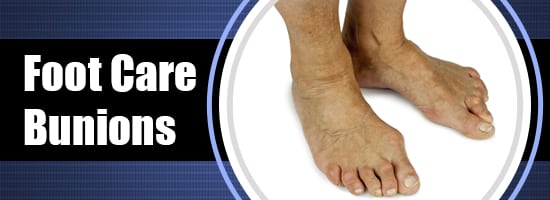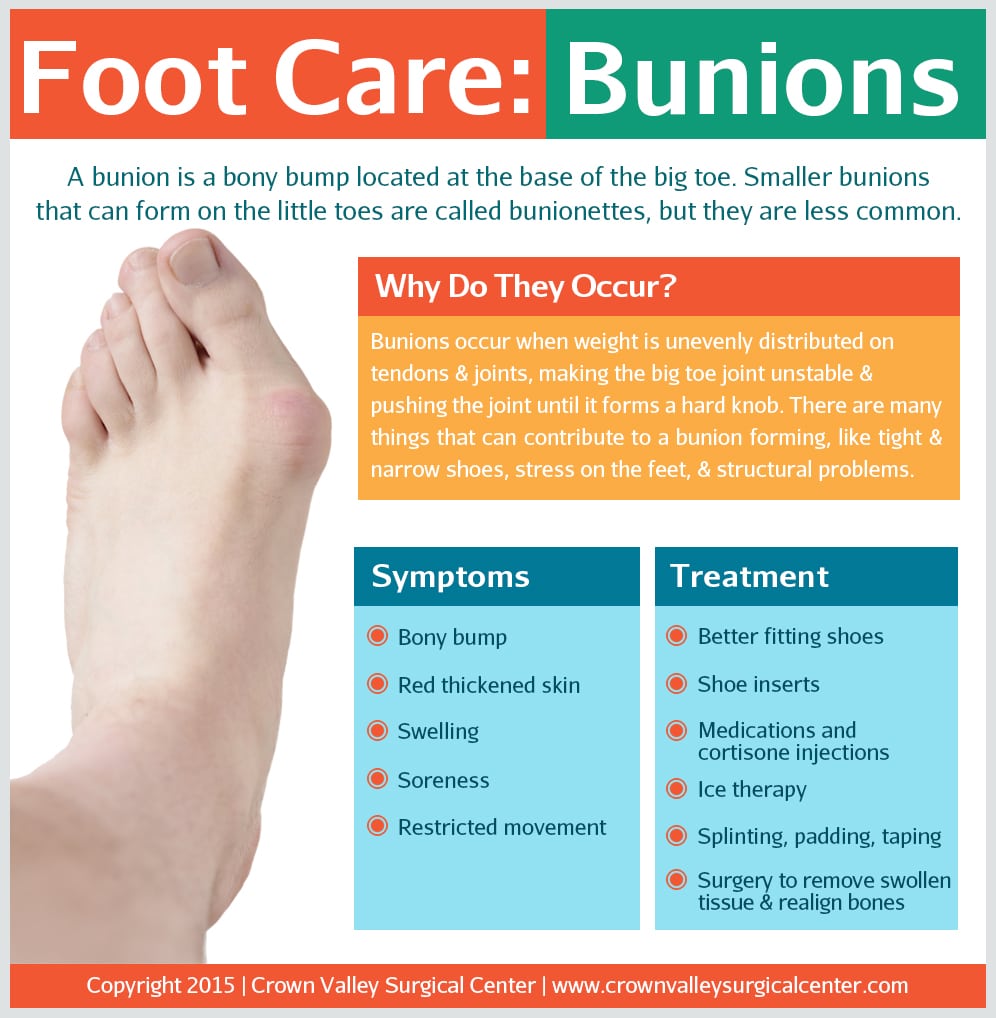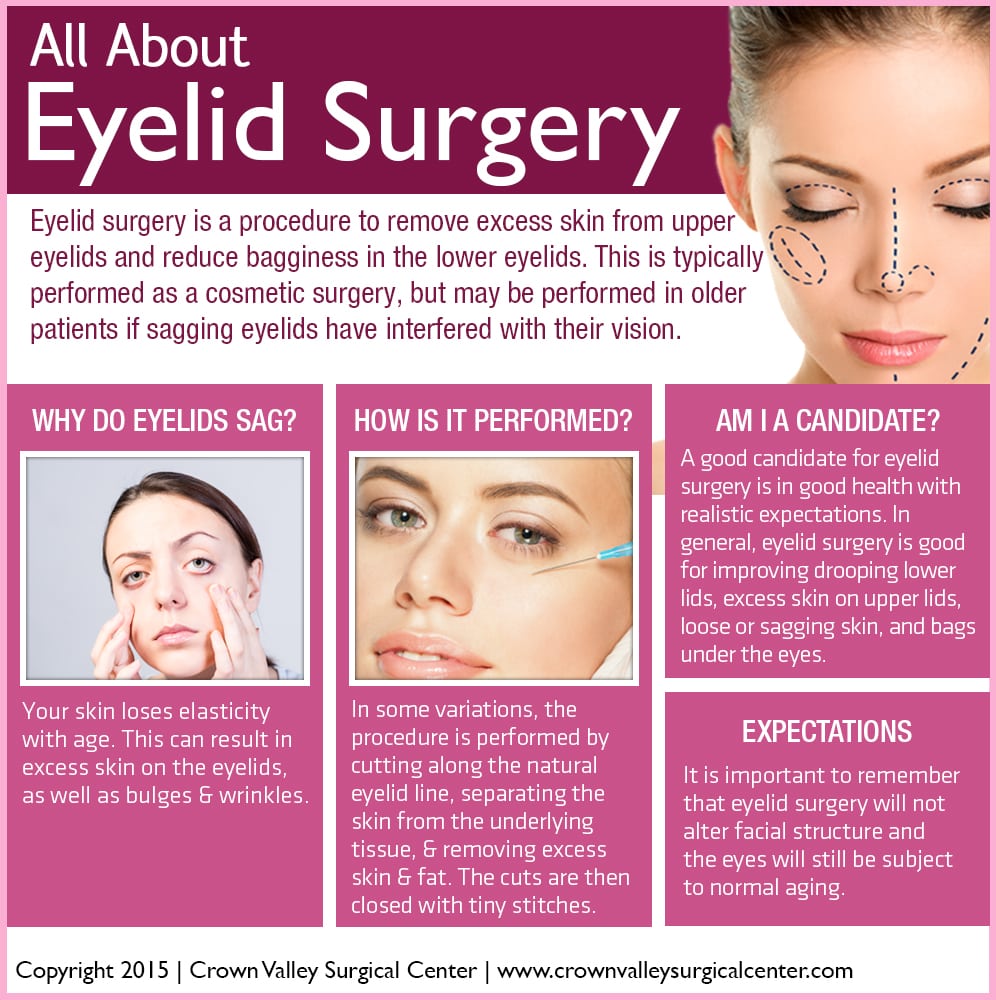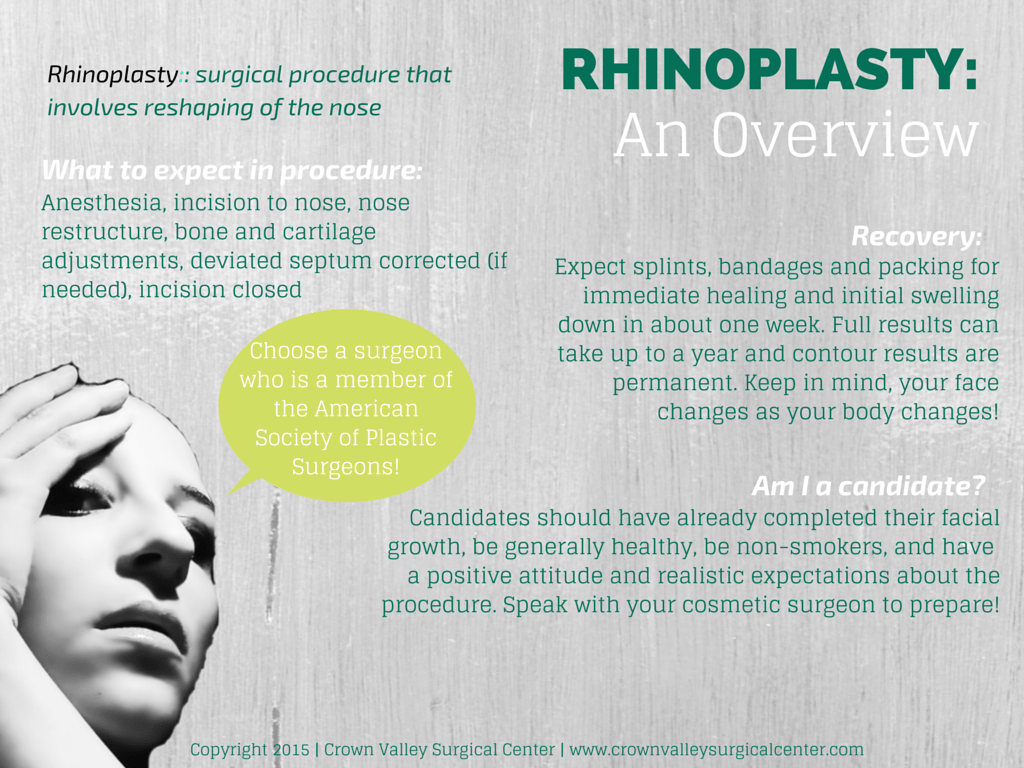Preparing for plastic surgery is just as important as preparing for any other surgical procedure. Your preparation will help you to minimize potential side effects and also help to make healing easier. Here are some common tips to help you prepare for plastic surgery, but above all, you need to follow your doctor’s instructions.
- Stop smoking and drinking. You should do this as soon as you schedule a surgery, preferably at least three weeks before your procedure. Smoking restricts blood flow, which can make healing more difficult. Additionally, drinking can lower the effectiveness of your immune system’s capabilities, making you more susceptible to side effects. Drinking can also increase bleeding during the procedure.
- Mention all medications that you are taking to your doctor. This includes vitamins, supplements, prescriptions, and over-the-counter medications. You may need to stop taking some of these if they could interfere with the procedure itself or the healing process.
- Ask your doctor if there is anything you need to be taking. Your doctor might suggest that you take other multivitamins or nutrients, such as iron, about two weeks before your procedure.
- Make healthy choices. Eating healthy and exercising regularly can improve your body’s immune system. Focus on eating lots of protein, fruits, and vegetables. Make these healthy changes as soon as you are able.
- Reduce your sodium intake. Sodium can increase swelling, so cut down on salt and processed foods. Drink a lot of water to flush the sodium out of your system.
- Make arrangements for the day of the procedure. Fill all of the prescriptions that you will need after the surgery ahead of time, and arrange a ride to and from the surgical center. Set up a comfortable place at home to recover and set up loved ones to come and help around the house if you will need assistance with light tasks like laundry.
- You may need to fast up to 12 hours prior to the procedure if anesthesia is being used. The specific instructions for fasting will be in the comprehensive packet of information that you receive from your doctor.

















